
Rubber Band Man
You’ve gotta love a great film noir opening: “I’m Collier Bonnabel. I’m a cop. I’m a lieutenant detective in, uh, Homicide. That’s a fancy name for murder. We get plenty of tough cases. Solved most of them, sure. But how? I only know one way, one thing that breaks them wide open. Tension. I work on people, on suspects. Play up to them. Play up to their strengths, pour it on their weaknesses. Romance them or ignore them. Kiss them. Press them. But whatever way. . . keep stretching them. And when they get stretched so tight they can’t take it any longer: TENSION.” 1949's Tension, directed by John Berry, is narrated by Bonnabel (Barry Sullivan) – a hard-boiled, driven narrative that provides us with an intimate view into the detective’s mind. After this intriguing monologue (in which he speaks directly to the camera while playing with a rubber band), Tension opens with a prototypical film noir shot – a nighttime big city street, neon lights flashing, a pharmacy the main focal point.
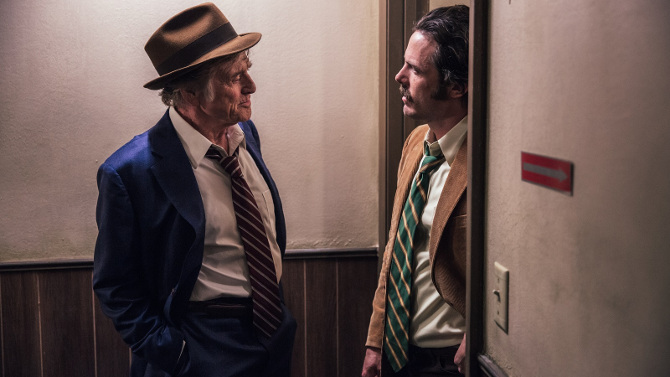
A Natural
Catch Me If You Can, octogenarian-style, 2018's The Old Man & The Gun, written and directed by David Lowery (A Ghost Story), is a fitting final tribute to the great Robert Redford (who will be retiring from acting after this role), a film that, despite its dramatic crime roots, has a certain sweetness, an old-fashioned, often poignant based-on-true-events tale about finding your inner child as well as your lifelong passion, and then living it. For those of you who have seen A Ghost Story, there is something immediately recognizable about The Old Man & The Gun – though they are completely different. Edited in a similar manner, Lowery’s mesmeric rhythm, unique pacing and efficiently simple style (with some nice cinematography from Joe Anderson) allows the charming characters to tell the story.
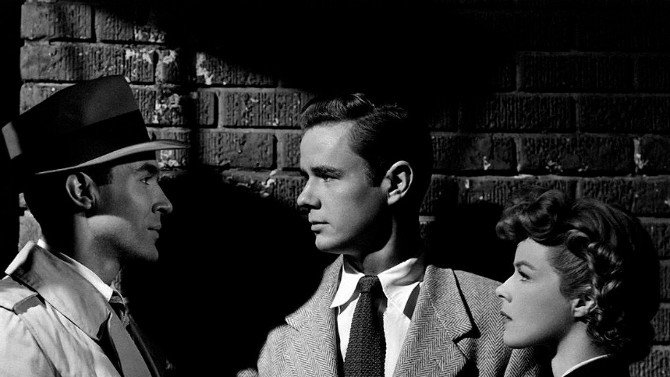
On the Road to Mystery Street
A film noir that would fit right into the fabric of twenty-first century television, Mystery Street, directed by John Sturges (The Magnificent Seven), is like an extended episode of CSI (or Criminal Minds), circa 1950 – a novel idea for the time. One of the first movies to be shot on location in Boston, in a way, it is a two pronged tale – demonstrating old-school investigative police work by State Police Lieutenant Peter Morales (Ricardo Montalban) and the avant-garde use of forensics by a Harvard doctor by the name of McAdoo (Bruce Bennett).
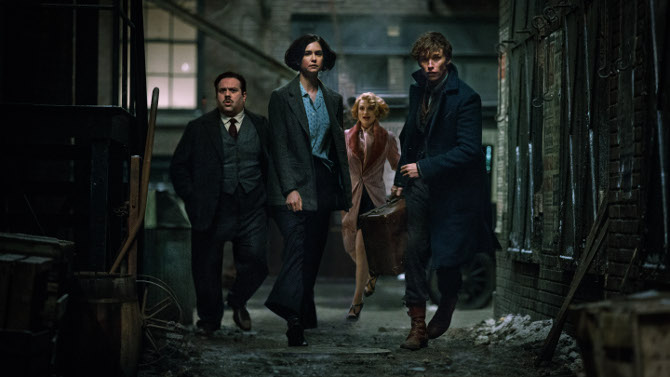
Beastie Boy
Let’s face it. . . so much of a film is its characters – the way they are written, their likeability (or lack thereof), and, just as vitally, who is cast in those roles. If we can’t root for the heroes, hiss at the villains, be wary of those in the grey milieu, or find ourselves somewhere in that flawed antihero, then we cannot truly be emotionally invested in the narrative – no matter how majestic the whizzes and bangs are. So, like a large portion of my generation, I fell under the spell of the richly woven personas found in the Harry Potter novels. . . and later, the films. Soon, literature meshed with the visual world, and when people referenced someone like Severus Snape or Sirius Black, it was nearly impossible not to think of the late great Alan Rickman and the stellar Gary Oldman, respectively – the entire franchise a masterclass in casting.
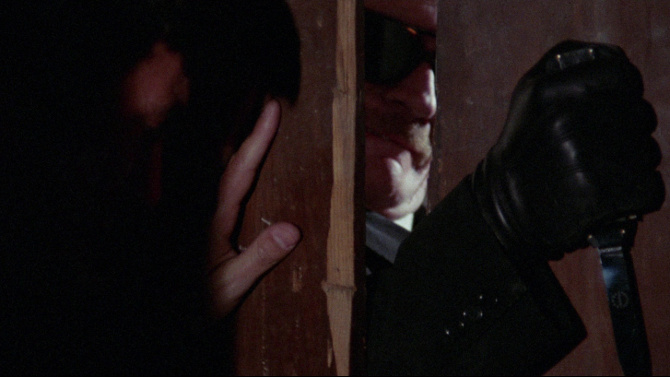
Deathly Sting
The Case of the Scorpion’s Tail – no, not a Hardy Boys’ adventure, rather, another unique giallo, directed by Sergio Martino (Your Vice Is a Locked Room and Only I Have the Key), a 1971 mystery thriller that may have more would-be stalkers than any other film in the annals of history. From a story by Eduardo Manzanos (icon Ernesto Gastaldi came in to build the screenplay, with Mazanos and Sauro Scavolini also getting credit), the twist-filled narrative pulls from both Alfred Hitchcock and Henri-Georges Clouzot’s Les diaboliques, as well as unbelievable real life stories that lined the newspapers . . . Martino imbuing it all with a tense, mile-a-minute pacing.
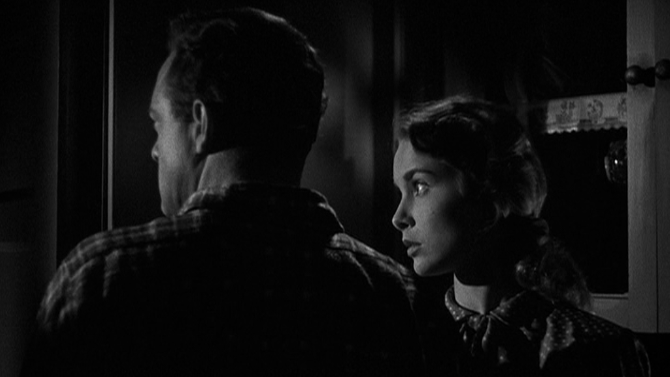
Post-War Noir
A perfect example of ‘you can’t outrun your past, present or future’, 1949's Act of Violence, directed by Fred Zinnemann (High Noon; From Here to Eternity), starts with quite the hook: a man, limp noticeable, hurriedly, and with purpose, makes his way through a city in the clutches of the glum night, eventually entering a room that holds a deadly object – a gun. . . hopping onto a bus, it does not bode well. With a deliberate, unyielding presence, Joe Parkson (Robert Ryan – for another one of his great film noirs, see The Set-Up) is the thing of nightmares. . . a stalking figure in trench coat and fedora – the Michael Myers of the noir genre. Ryan, with his lined face, imposing size, and disturbed demeanor, is an ominous heavy – the enigmatic grunt opening a phone book and circling the name of one Frank R. Enley (Van Heflin).
